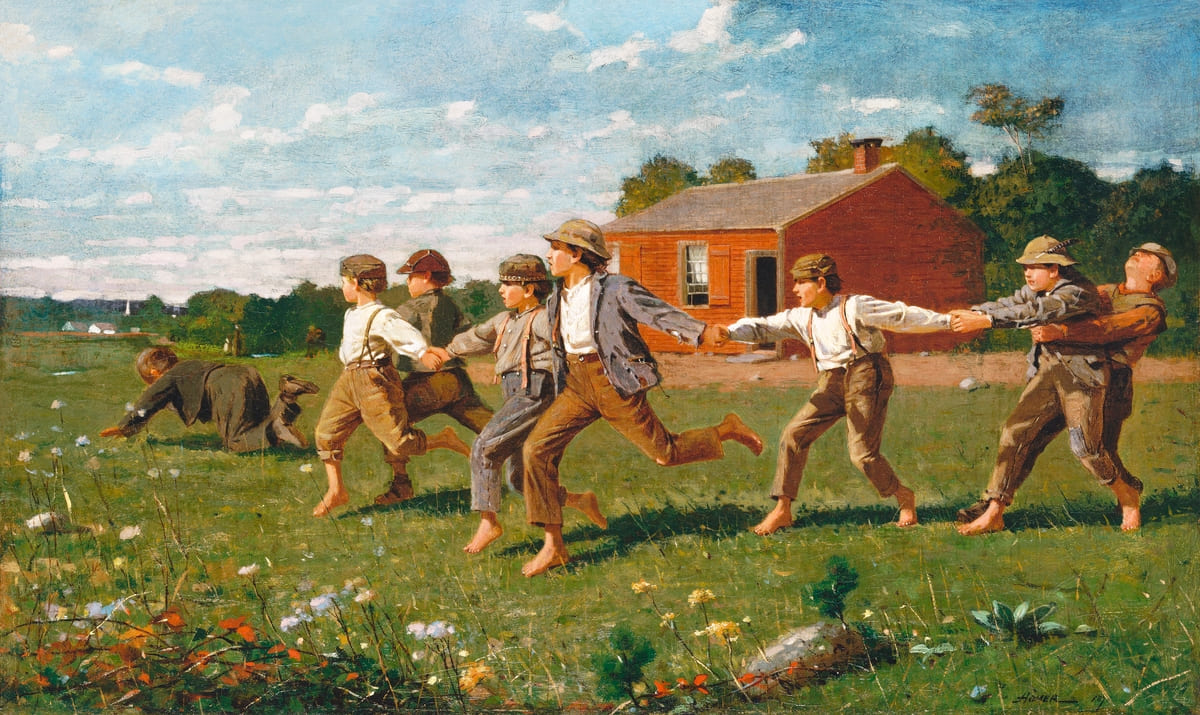Emotional regulation is the ability to manage and respond to emotions in a constructive way. While some children naturally develop this skill with ease, others may struggle with poor emotional regulation, leading to frequent outbursts, frustration, or difficulty managing their feelings. Understanding the causes of poor emotional regulation in children can help parents, caregivers, and educators address the root issues and provide effective support.
1. Immature Brain Development
The part of the brain responsible for emotional regulation, the prefrontal cortex, is still developing in children. This immaturity makes it difficult for them to control impulses and manage strong emotions.
Key Insights:
- Younger children are naturally more prone to emotional outbursts.
- Emotional regulation improves as the brain matures, particularly during late childhood and adolescence.
2. Lack of Emotional Awareness
Some children struggle to identify or understand their emotions, which makes it harder for them to regulate their responses.
Contributing Factors:
- Limited emotional vocabulary to describe how they feel.
- Difficulty recognizing physical cues of emotions, such as a racing heart or tense muscles.
3. Environmental Stress
Stressful environments can overwhelm a child’s ability to cope, leading to poor emotional regulation.
Examples of Environmental Stressors:
- Family conflict, such as frequent arguments or divorce.
- Unstable living situations or financial insecurity.
- High academic or social pressures.
4. Inconsistent Parenting
Inconsistent parenting styles or a lack of clear boundaries can confuse children about acceptable ways to express and manage emotions.
Examples:
- Harsh discipline or punishment for expressing emotions.
- Mixed messages about acceptable behavior.
- Lack of predictable routines, which creates instability.
5. Overwhelming Sensory Input
Some children are more sensitive to sensory stimuli, such as noise, lights, or touch. Overstimulation can make it harder for them to stay calm and focused.
Signs of Sensory Overload:
- Meltdowns in loud or crowded environments.
- Strong reactions to textures, smells, or changes in routine.
6. Underlying Medical or Psychological Conditions
Certain conditions can impact a child’s ability to regulate emotions effectively. These may include:
- ADHD: Difficulty with impulse control and emotional reactivity.
- Autism Spectrum Disorder (ASD): Challenges with understanding and managing emotions.
- Anxiety or Depression: Persistent feelings of fear or sadness that interfere with emotional regulation.
- Learning Disabilities: Struggles with academic tasks can lead to frustration and emotional outbursts.
7. Poor Coping Skills
Children who haven’t been taught effective coping strategies may resort to unhealthy behaviors, such as yelling, crying, or avoiding situations.
Contributing Factors:
- Limited exposure to problem-solving or calming techniques.
- Reliance on adults to resolve all emotional challenges.
8. Low Emotional Intelligence
Emotional intelligence (EI) involves recognizing, understanding, and managing emotions. Children with low EI often struggle with self-awareness and empathy, which are essential for emotional regulation.
Causes of Low EI:
- Lack of role models for emotional intelligence.
- Minimal opportunities to practice empathy or social skills.
9. Trauma or Adverse Childhood Experiences (ACEs)
Trauma or adverse experiences, such as abuse, neglect, or loss, can severely impact a child’s ability to regulate emotions.
Effects of Trauma:
- Heightened emotional sensitivity.
- Difficulty trusting others or feeling secure.
- Persistent fight-or-flight responses triggered by stress.
10. Physical Needs Not Being Met
Physical needs, such as sleep, nutrition, and exercise, directly affect a child’s emotional stability. A lack of these can exacerbate emotional dysregulation.
Examples:
- Fatigue leading to irritability or meltdowns.
- Hunger causing quick frustration or aggression.
- Lack of physical activity contributing to restlessness.
11. Learned Behaviors
Children often mimic the emotional responses they observe in their caregivers. If they see adults struggling with emotional regulation, they may adopt similar patterns.
Examples:
- Frequent yelling or arguing in the household.
- Caregivers who suppress emotions, making it difficult for children to learn healthy expression.
12. Social Challenges
Difficulties in forming friendships or navigating social interactions can lead to frustration and poor emotional regulation.
Social Triggers:
- Feeling excluded or misunderstood by peers.
- Experiencing bullying or teasing.
- Struggling with group dynamics in school or activities.
How to Support a Child with Poor Emotional Regulation
If a child struggles with emotional regulation, addressing the underlying causes and teaching new skills can make a significant difference.
Strategies:
- Teach Emotional Awareness:
- Use emotion charts to help children name their feelings.
- Model emotional expression by sharing your own feelings constructively.
- Create a Safe, Predictable Environment:
- Establish consistent routines to provide stability.
- Set clear, fair boundaries and enforce them calmly.
- Teach Coping Skills:
- Introduce calming techniques like deep breathing or mindfulness.
- Encourage problem-solving rather than avoiding challenges.
- Provide Positive Role Models:
- Demonstrate healthy ways to manage stress and emotions.
- Praise efforts to self-regulate, even if progress is slow.
- Address Physical Needs:
- Ensure your child gets enough sleep, eats nutritious meals, and has opportunities for physical activity.
- Seek Professional Support:
- Consult a therapist or counselor if emotional regulation difficulties persist or are linked to trauma, medical, or psychological conditions.
Conclusion
Poor emotional regulation in children can stem from a variety of factors, including developmental immaturity, environmental stress, or underlying conditions. By identifying the causes and providing targeted support, you can help your child develop the skills needed to manage their emotions and thrive. With patience, empathy, and the right tools, emotional regulation can be nurtured and strengthened over time.

